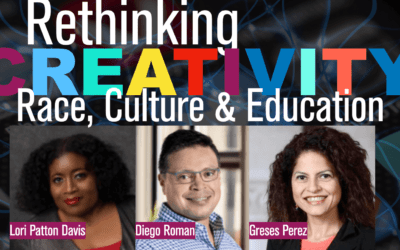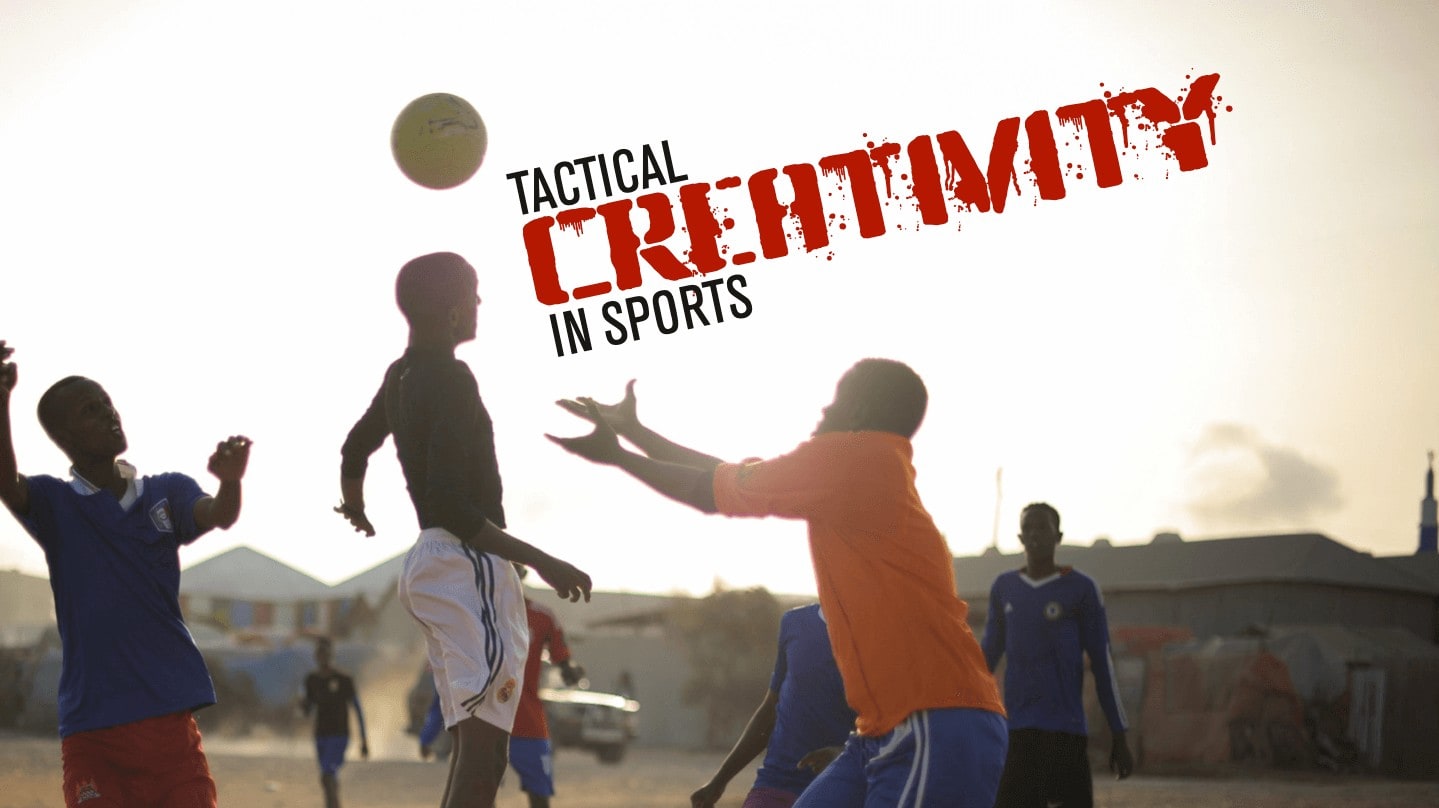I have been blogging pretty seriously now for 10 months now and am quite enjoying it. I have made some changes to the design of the site that may be worth explaining.
As I have blogged over the past few months, I have come to realize that I typically make three kinds of posts. The first kind, which is what I had originally intended when I started blogging, are posts that keep chronological track of all the different things I do. So there are many posts that offer downloads of my journal articles, describe my travels, and offer links to presentations and talks. These posts serve the dual purpose of helping me maintain a record of my doings (something hard to consistently do otherwise) and also provide others a chance to access (download/view) what I have been doing.
The second kind of post is typically short and provides a link to something interesting or cool I found on the web. These links are usually offered without much description and almost no discussion/interpretation. I do this more for keeping a record that I can access when I need to, though I have found that I don’t often go back and use these resources, most probably because I have forgotten that I blogged them! Hmmm…
The third kind of post is one that I was not sure I would do much of – but these are the posts that I have truly enjoyed the most. These are extended postings, almost like mini-essays, that take one idea or topic and reflect on it. Over time I have spent quite a bit of time on these posts and have thoroughly enjoyed them. They range across a variety of topics, from scientific illustration to anthropomorphic toys, from the future of academia to ruminations on the “long view of knowledge.” I have spent way more time writing posts of this nature that I had anticipated – but I see this is time well spent.
There was one problem however, and it had to do with the fact that these three kinds of posts were treated as being “visually equivalent” on my blog. I didn’t much care whether posts of the first and second type are read by people (I mean they are important in their own way but more for archival purposes than anything else). But I do want people to read the more discursive, thoughtful posts. However, figuring out a way of “setting them apart” was difficult to do. I had section on my front page titled “must read” which linked to some of the more interesting ones – but that was something I had to do manually, which meant extra effort and and I increasingly found myself falling behind. So the posts piled up but once they moved off the front page of the blog, they were pretty much “out of sight, out of mind.”
This was a design problem and I was sure that there was some technological solution to this problem. I spent the better part of this evening figuring out a possible solution. It required going through all my posts and categorizing the posts that I wanted highlighted with a new category. Thankfully this did not take to long. The next step was to find a widget that would select posts from just this set and display them in some manner. As you can see, with a bit of effort, I have a solution. My right sidebar now has a section titled “Must reads” and this provides 10 links (randomly chosen) to articles that I think are worth reading. I hope this helps draw attention to these pieces that I have spent so much time working on.
We shall see…



0 Comments